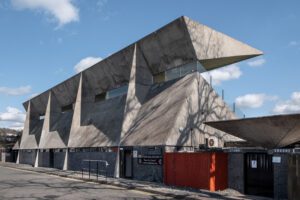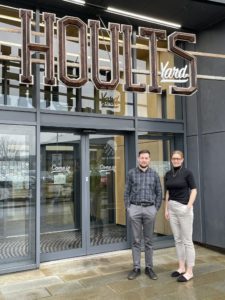The Society for the Protection of Ancient Buildings (SPAB) is one of the worlds oldest building conservation charities. It was set up in 1877 by William Morris (Designer) and Philip Webb (Architect) who wanted to form a group of like minded activists opposing the Victorian era’s large scale ‘re-Gothicising’ and destruction of the country’s built heritage.
Change was slow, and although many fantastic buildings were not able to be saved, the campaigns of the SPAB helped to spur the creation of the town planning acts in the 20th century that led to the building listing status. The SPAB Scotland Committee advocates for historic structures north of the border with casework and campaigns for buildings at risk as well as educational initiatives.
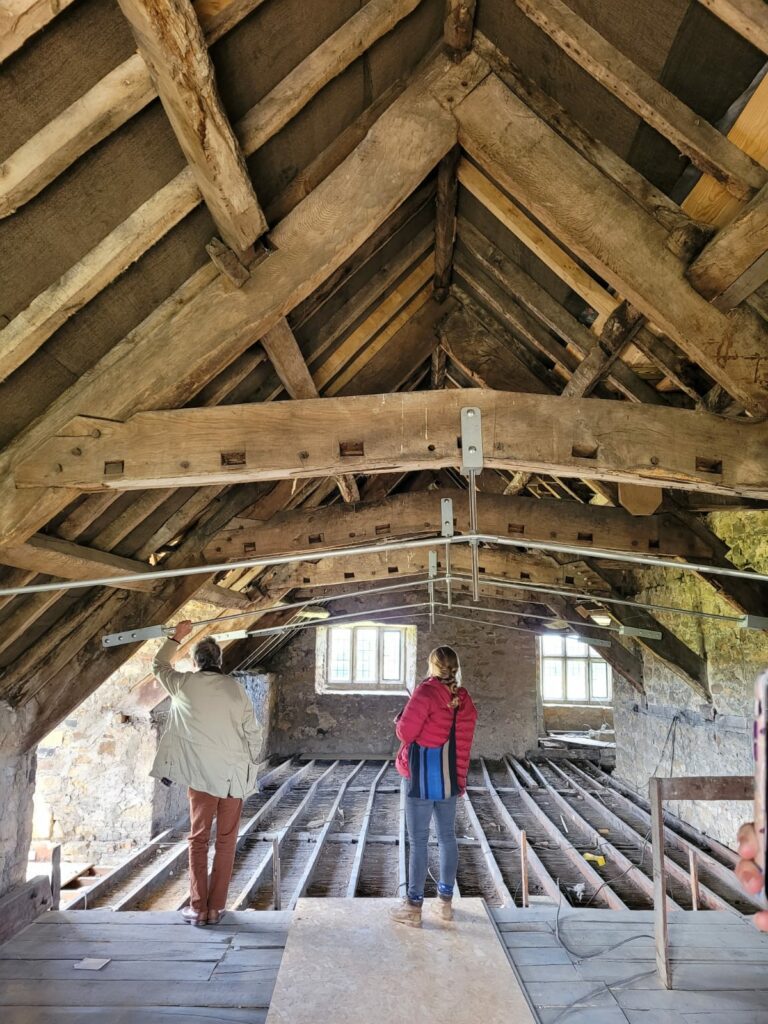
As a very abbreviated summary, the SPAB believe that the materials a building is made from (fabric) and the way they were put in place, hold a buildings history. The SPAB believes that this history is the inheritance of generations to come and any removal or change to the building fabric should be carefully considered to minimise its loss. This concept leads to the following key principles:
- Maintenance, Maintenance, Maintenance! Many ills can be avoided by small acts of maintenance. If we can carry these out in time, we can avoid major losses of historic building fabric.
- As little as possible, as much as necessary – make durable repairs or changes where required for the use and future sustainability of a building but prioritise keeping as much original fabric as possible.
- Honesty and good design! Repairs or new works should not pretend to be original building fabric. A new intervention in an old building is still an opportunity for good design.
The SPAB Scholarship program has been running since the 1930s. It consists of a bursary awarded to up to 4 building design professional each year. These are generally working in heritage building conservation from the fields of Architecture, Engineering and Building surveying. This year I was selected as one of two engineers and two architects.
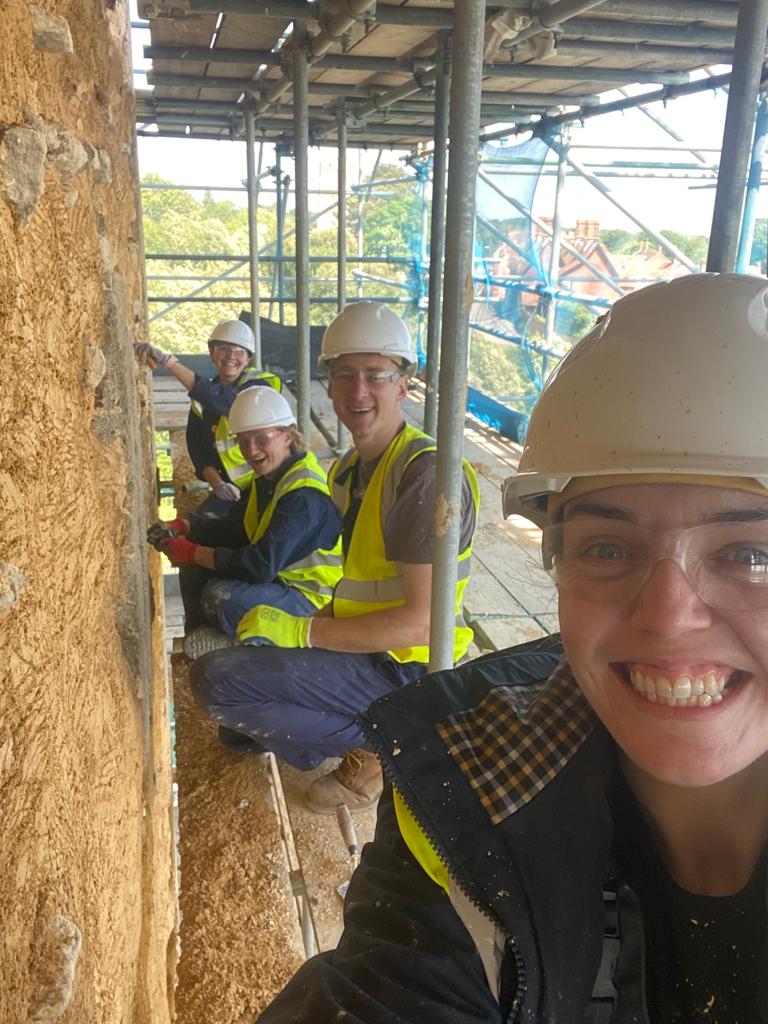
The idea behind the scholarship is to accelerate the experiential learning of design professionals working in the heritage sector by getting them to see as many heritage buildings and projects as possible and meet as many people as they can that work with old buildings. In the last 7 months we have been to over 150 heritage building projects and met an even greater number of people working with them. We have met Architects, Engineers, Surveyors, Archaeologists, Materials Scientists, Dendrochronologists, Bat Specialists, Policy Makers, Fundraisers, Civil Service Advisors, Homeowners, Clergy, Joiners, Carpenters, Timber Framers, Thatchers, Roofers, Slate Makers, Lime Burner, Blacksmiths, Plasterers, Masons, Bricklayers, Stone/Plaster/Paint Conservators, Stained and Plane Glazing Specialists, Millwrights, Sign writers, Rope Access Conservators, Tile makers, Faience and Terracotta producers all working to use their skills to protect our built heritage.
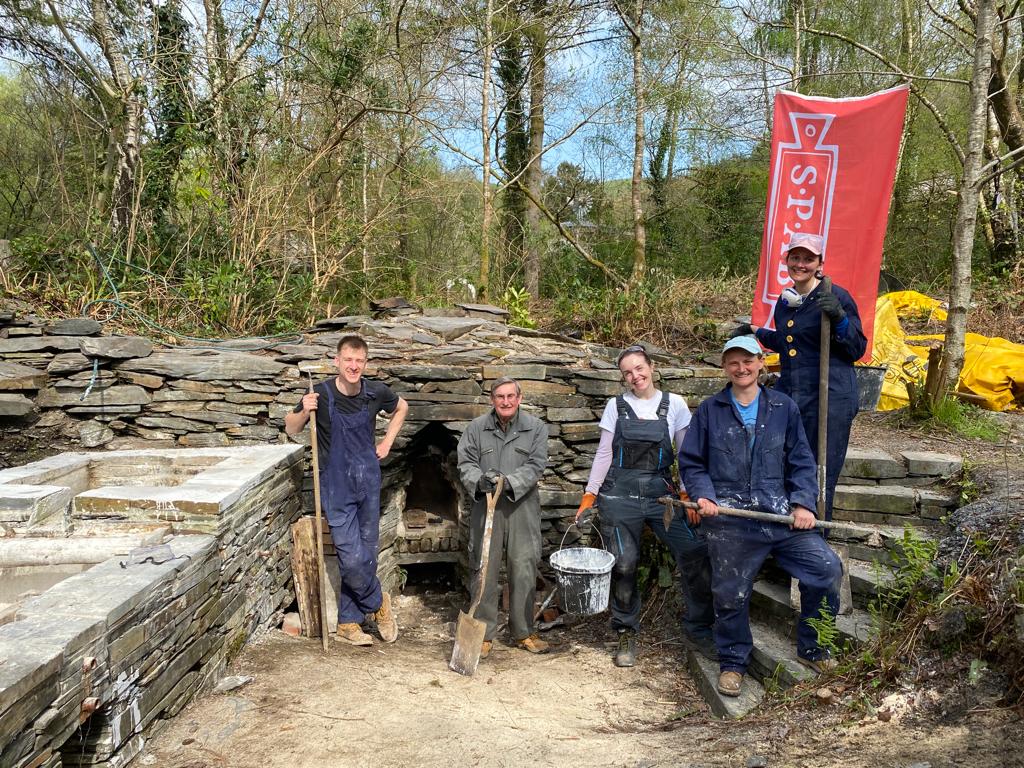
These meetings have allowed us to have innumerable conversations on philosophy of conservation, technical detailing, strategy, funding, failures, and successes. They have led to us putting into context our work and our thoughts and radically expanding our understanding. I have been really excited to find out how many interesting materials science questions there are in conservation. My initial training was as a scientist in a building materials research and qualification centre so it has been great to reawaken and relearn some of those concepts when talking to conservation materials experts, dendrochronologists, lime producers and brickmakers, and I look forward to being able to look at projects from a new perspective going forward.
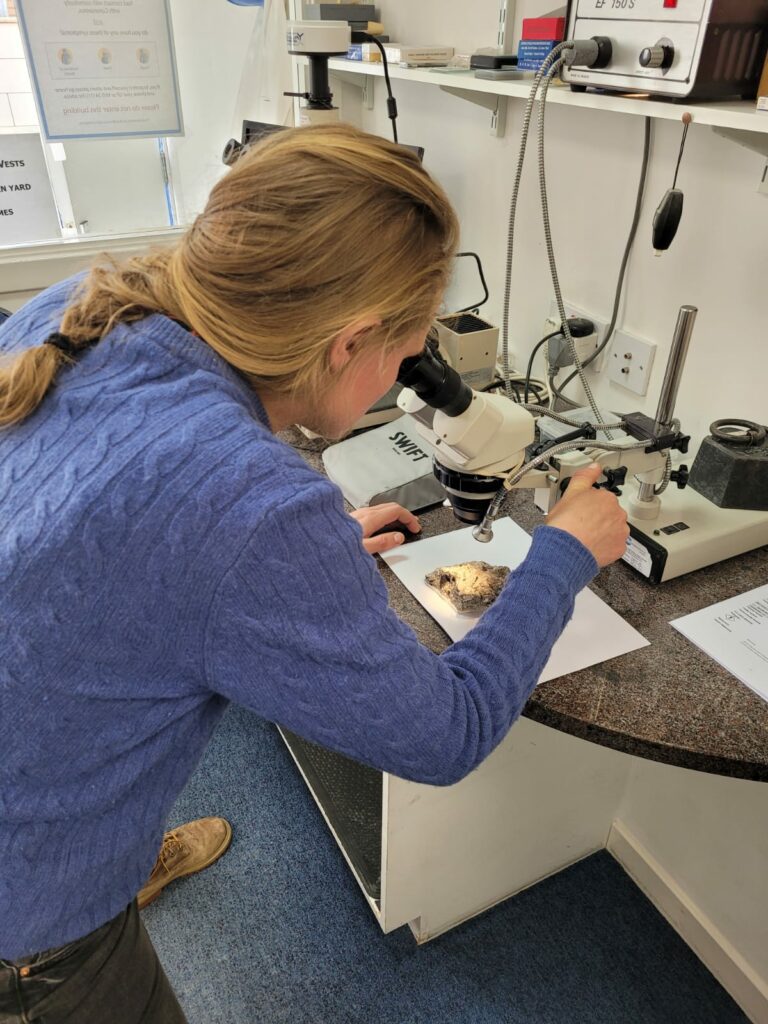
Within the program there is also a focus on developing an understanding of the complexities of heritage craft skills. We do this through workshops and site work with various craft professionals; Thatching, Blacksmithing, Stone Masonry, Plastering, Pointing, Bricklaying, Slate making, Roofing, Joinery, and Stained Glass. This has been one of my favourite parts of the scholarship, but also, I think one of the most important. It has made it very clear to me that in order to get the best solution for an old building, we need to bring everyone’s expertise to the table and how important it is that conversations can happen openly. It’s something I want to make sure I bring to design teams in the future.
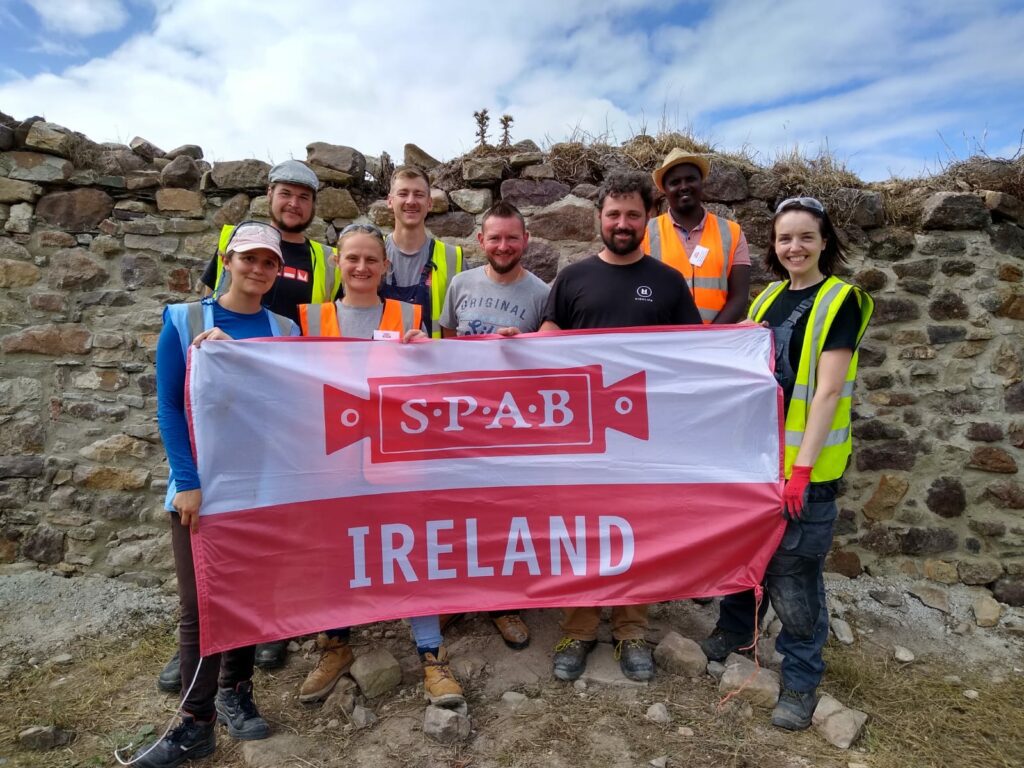
We are on the closing straight for the scholarship now, with less than 2 months to go. The Team at Narro have been really supportive and I’m looking forward to being able to put all I have learned into practice at Narro in the new year.
Katie Hood is a Senior Project Engineer at Narro, currently on sabbatical undertaking a SPAB Scholarship.


